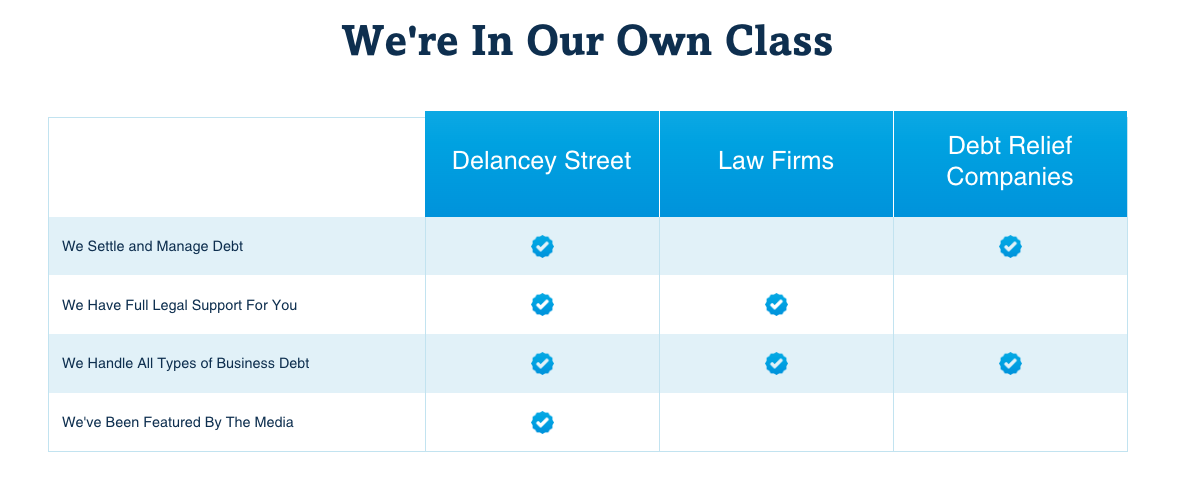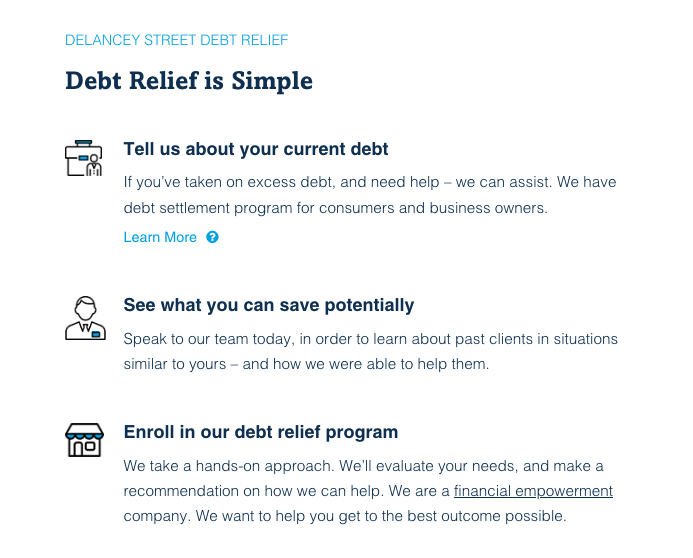The Art of Negotiating Debt Restructuring Agreements
What is Debt Restructuring?
Debt restructuring involves changing the terms of existing debt obligations to make them more manageable for the borrower. It may include reducing interest rates, extending repayment periods, reducing total debt owed, or converting debt into equity shares. Companies and individuals pursue debt restructuring when they are having trouble meeting current debt obligations and payments.
There are a few common types of debt restructuring agreements:
 -
-- Debt consolidation – Combining multiple debts into one new loan, usually with lower interest rates and monthly payments
- Credit line renegotiation – Renegotiating terms of a credit line like an overdraft facility or credit card
- Payment extensions – Getting more time to pay back debt without changing total owed
- Debt reduction – Agreeing to pay back less than the total amount owed
- Debt-equity swap – Exchanging debt for ownership shares in the company
Why Restructure Debt?
There are several benefits to restructuring debt obligations:
- Avoid bankruptcy – Restructuring allows financially distressed companies to avoid declaring bankruptcy and potentially having to liquidate assets
- Improve cash flow – Lower debt payments free up cash flow for other business needs
- Regain control – Renegotiated terms allow companies and individuals to get back on solid financial footing
In short, restructuring debt gives borrowers a chance to get their finances in order and recover from temporary setbacks or downturns. Lenders also usually prefer to negotiate new terms rather than force a borrower into default or bankruptcy.
Preparing for Debt Restructuring Negotiations
The key to success in any negotiation, including debt restructuring talks, is thorough preparation. Before sitting down at the negotiating table, borrowers should:
- Analyze finances – Review budgets, profit/loss statements, assets, liabilities, and cash flow needs to understand what is affordable. Identify where there is room to cut expenses if needed.
- Determine goals – Decide what specific outcomes are desired, like lower interest rates, longer repayment terms, reduced principal, etc. Rank by priority.
- Gather documentation – Have financial statements, tax returns, collateral assets, and other documents ready. These verify financial situation.
- Consider concessions – Be ready to offer something in return for improved terms, like putting up additional collateral or giving lenders equity share.
With a clear picture of the current financial situation and desired outcomes, borrowers can negotiate from an informed position.
 -
-Negotiation Strategies and Tactics
Approaching restructuring talks strategically can lead to better outcomes. Keep these tips in mind:
Start positive – Set a collaborative tone by emphasizing the benefits of reaching an agreement and relationship preservation.
Listen actively – Let lenders voice their concerns and priorities first before stating your own needs.
Come prepared – Bring proposed solutions and documentation to back up requests.
Aim high – Put desired options on the table first, then offer concessions if needed to reach a middle ground.
 -
-Sweeten the deal – Consider throwing in something extra the lender wants to get improved terms.
Compromise – Be willing to give a little on some points in order to make progress. Meet halfway when possible.
Remaining calm, flexible, and solution-oriented will also help move talks in a positive direction.
 -
-Common Challenges
Despite best efforts, restructuring talks can still hit snags:
Valuation disputes – Lenders and borrowers may assess assets at different values when used as part of a deal. Independent assessments may be needed.
Trust issues – If previous agreements were not honored, lenders may doubt the viability of new deals. Rebuilding trust takes time.
Unrealistic expectations – What borrowers want and what lenders will accept can be far apart. Expect compromises.
Communication breakdowns – Misunderstandings easily happen if talks aren’t open. Ask questions to clarify.
Holdouts – If multiple lenders are involved, some may resist deals others agree to. Appeal to shared interests.
Patience and persistence are key to working through disputes. Experienced advisors like attorneys or mediators can also help bridge gaps if talks stall.
Getting Help
Restructuring debt obligations can quickly become complicated, especially for large companies or individuals juggling multiple debts. Enlisting the expertise of financial and legal professionals is highly recommended.
Financial advisors analyze finances and business operations to develop viable restructuring proposals. They identify realistic options and negotiate terms. During talks, they serve as intermediaries between borrowers and lenders.
Restructuring lawyers provide legal counsel through the negotiation process and finalize agreements. They draft new loan contracts, ensure compliance with regulations, and represent clients if disputes end up in court. Their guidance protects borrower interests.
Mediators and arbitrators facilitate discussions and resolve conflicts if parties reach an impasse. They remain neutral, aiming to achieve amicable solutions. Getting an outside perspective defuses tensions.
The input of experts increases the likelihood of constructing mutually beneficial debt restructuring agreements. They have the experience and objectivity needed to develop win-win solutions.
Key Takeaways
Negotiating debt restructurings has its challenges, but staying focused on shared goals makes finding common ground easier. With diligent preparation, savvy negotiation tactics, and help from advisors, borrowers can reach agreements that restore financial stability on modified repayment terms. Most lenders would rather restructure debt than force default or bankruptcy. Compromise and cooperation serve all parties in the long run.
Resources
Reddit Discussion on Debt Restructuring Experiences – https://www.reddit.com/r/personalfinance/comments/ai5m3q/has_anyone_had_any_experience_negotiating_with/
Quora Post Outlining Types of Debt Restructuring Deals – https://www.quora.com/What-are-the-most-common-types-of-debt-restructuring-deals
Avvo Legal Guide – Benefits of Debt Restructuring – https://www.avvo.com/legal-guides/ugc/what-are-the-benefits-of-debt-restructuring
LawInfo Article – How to Prepare for Debt Restructuring Negotiations – https://www.lawinfo.com/resources/debt/preparing-for-loan-modification-negotiations.html
FindLaw Overview – Debt Restructuring Negotiation Tactics – https://www.findlaw.com/smallbusiness/business-finances/debt-restructuring-negotiation-tactics.html
Nolo Article – Barriers in Debt Restructuring Talks – https://www.nolo.com/legal-encyclopedia/debt-restructuring-negotiating-obstacles-29807.html
Forbes Guide – Enlisting Help for Debt Restructuring – https://www.forbes.com/advisor/business-loans/debt-restructuring-advisors/







